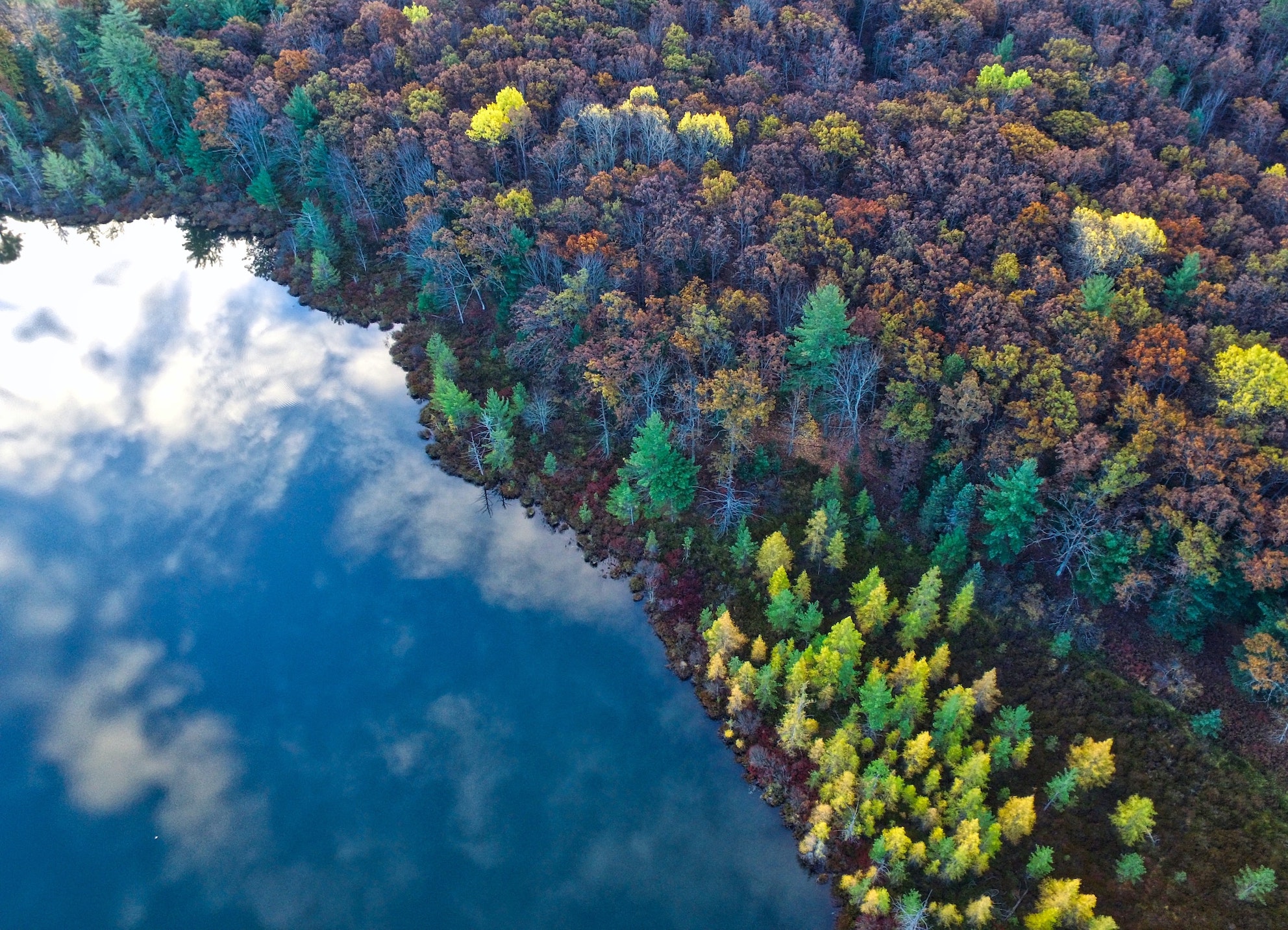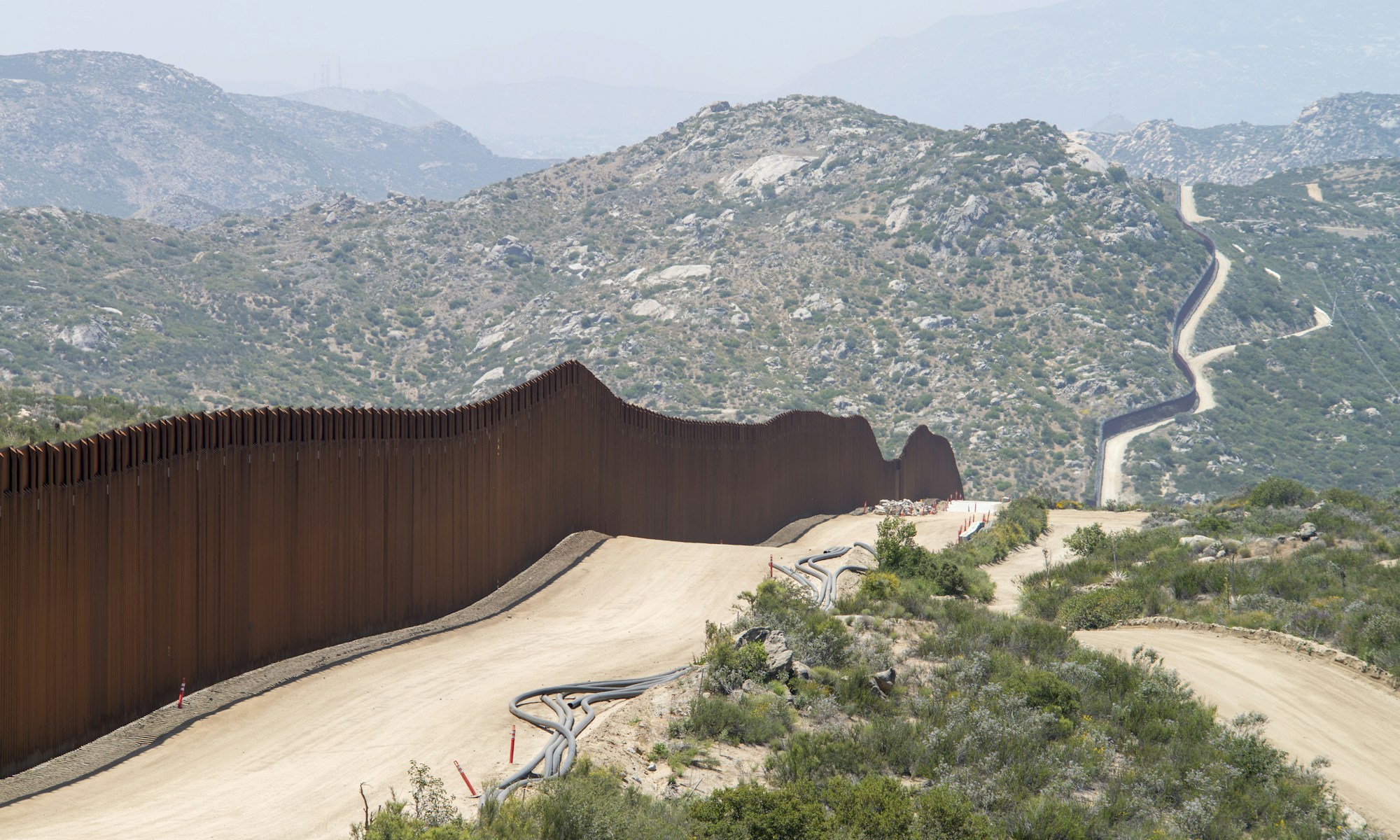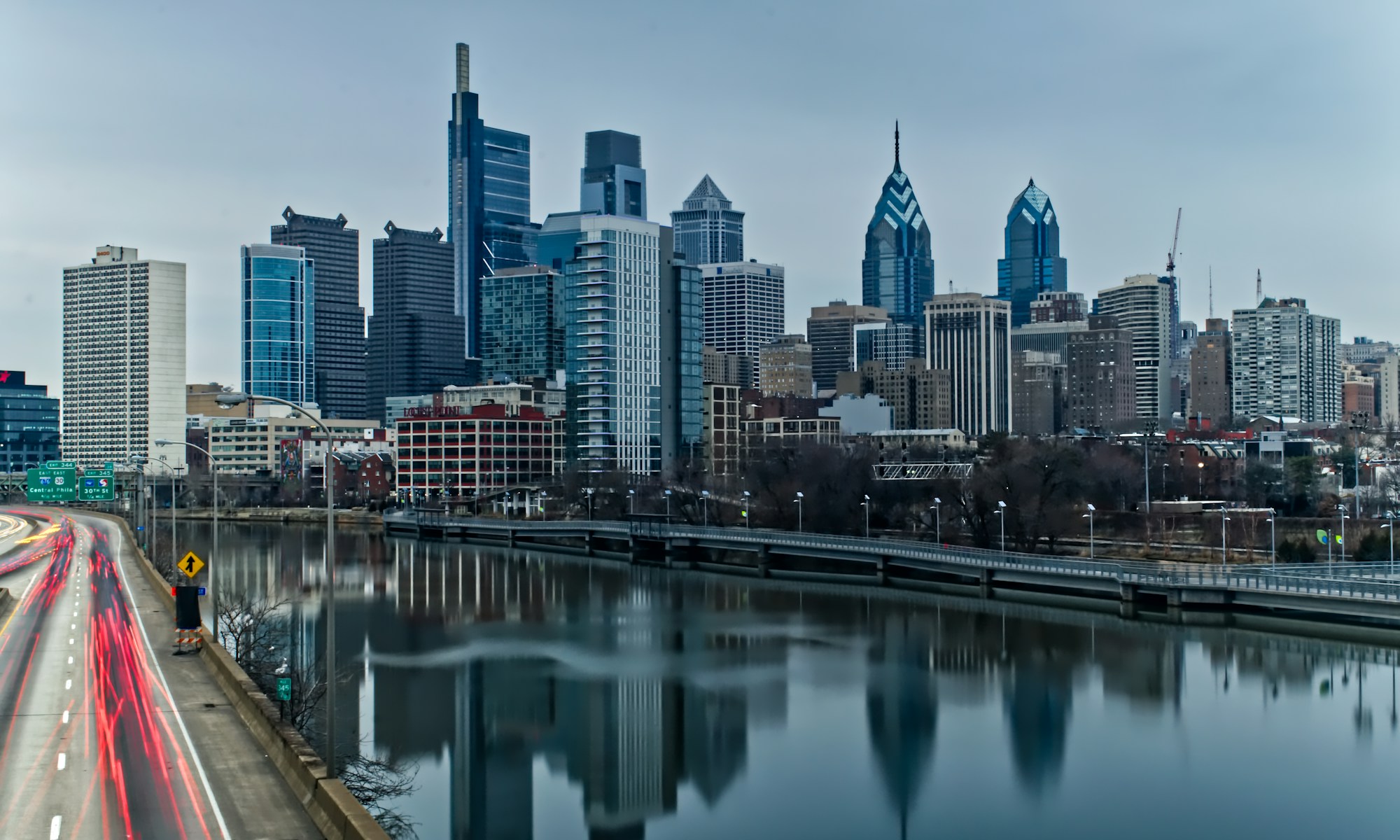9 February 2022 – by Mia Bezar
This article is part of Earth Refuge’s Spotlight Series on Philadelphia
In the middle of the night on June 21, 2019, residents across the city of Philadelphia were awoken by an explosion at the Philadelphia Energy Solutions (‘PES’) Refinery. Only days later, as the damage was still being assessed, PES announced that it would permanently close the refinery, marking the end of a major piece of an industry that has been present in Philadelphia since the Civil War.
Although residents were pleased by its closure, the refinery’s lingering effects continue to put Philadelphians at risk every day, underscoring the 150 years of suffering and now irreversible damage that the PES refinery has done to surrounding neighborhoods. Nevertheless, these neighborhoods have mounted a strong response to raise awareness and push back against the refinery, ultimately influencing the space’s future.
Background
The petroleum industry grew quickly in Philadelphia. By 1822, just years after the discovery of petroleum in Titusville, Pennsylvania, the refinery that would later become PES was one of America’s largest. In fact, by 1891, Philadelphia produced 35% of all US petroleum exports. And by 2012, the refinery had become one of the largest on the east coast.
Given the refinery’s scale, it is perhaps unsurprising that it has harmed—and continues to harm—the surrounding communities. Before the explosion, the refinery was responsible for 72% of toxic air emissions in Philadelphia. As a result, Grays Ferry, the predominantly African American neighborhood immediately bordering the refinery, continues to bear the brunt of the refinery’s effects. Residents there experience alarming rates of asthma, cancer, and other life-threatening health conditions when compared to their neighbors across Philadelphia.
A History of Environmental Injustice
The harm did not stop after the explosion and subsequent closure of the refinery. An investigation by the US Chemical Safety and Hazard Investigation Board found that the PES explosion released 5,239 pounds of hydrofluoric acid – a deadly chemical – into the air. Even three years after its closure, the refinery continued to emit extremely high levels of benzene, a cancer-causing chemical.
This story of environmental racism is not unique to Grays Ferry or Philadelphia. Indeed, one study from the American Public Health Association found that African Americans were more than 1.5 times more likely to be exposed to particulate matter emissions because of their proximity to pollution-emitting facilities. Another study reported that African Americans are 75% more likely to live near facilities releasing hazardous chemicals into the air.
Pushing Back
Despite the pervasive effects of the now-defunct refinery, the surrounding neighborhoods continue to push back. In 2015, a group of Philadelphia residents founded Philly Thrive, an environmental justice group that runs strategic campaigns focusing on fossil fuel divestment, energy insecurity and injustice, and environmental racism. While discussions of climate migration often revolve around where to go, it is important to acknowledge that many people do not have the resources to move. Thus, the alternative is to work towards improving conditions at home, which is what Philly Thrive aims to do.
While Philly Thrive’s original “Right to Breathe” campaign was unsuccessful in stopping Philadelphia from developing a gas plant in 2019, the group has prevailed in its four other campaigns, including its “Contesting for Closure” campaign, which helped push for permanent closure of the refinery. Its current “Right to Thrive” campaign revolves around the future of the refinery and uprooting the environmental racism embodied by the history of the refinery. Beyond pushing legislative action, Philly Thrive provides meeting spaces to address concerns within the organization and to amplify voices and provide safe spaces for members of the community.
As for the refinery, there may be brighter days ahead. In January 2020, a Chicago-based real estate development company acquired the PES Refinery for $240 million and has plans to convert the 1,300 acres into a green and sustainable commercial hub.
Closure of the refinery represents an important step forward for the city, and particularly for impacted communities. While there is still a long way to go to even begin to reduce the refinery’s effects, the space appears to have a greener future ahead.
However, it is important to note that just because the space has a greener future does not mean that all its resulting problems will be solved: there are still concerns around transparency and equity, especially with respect to those that have been most affected by the refinery.







